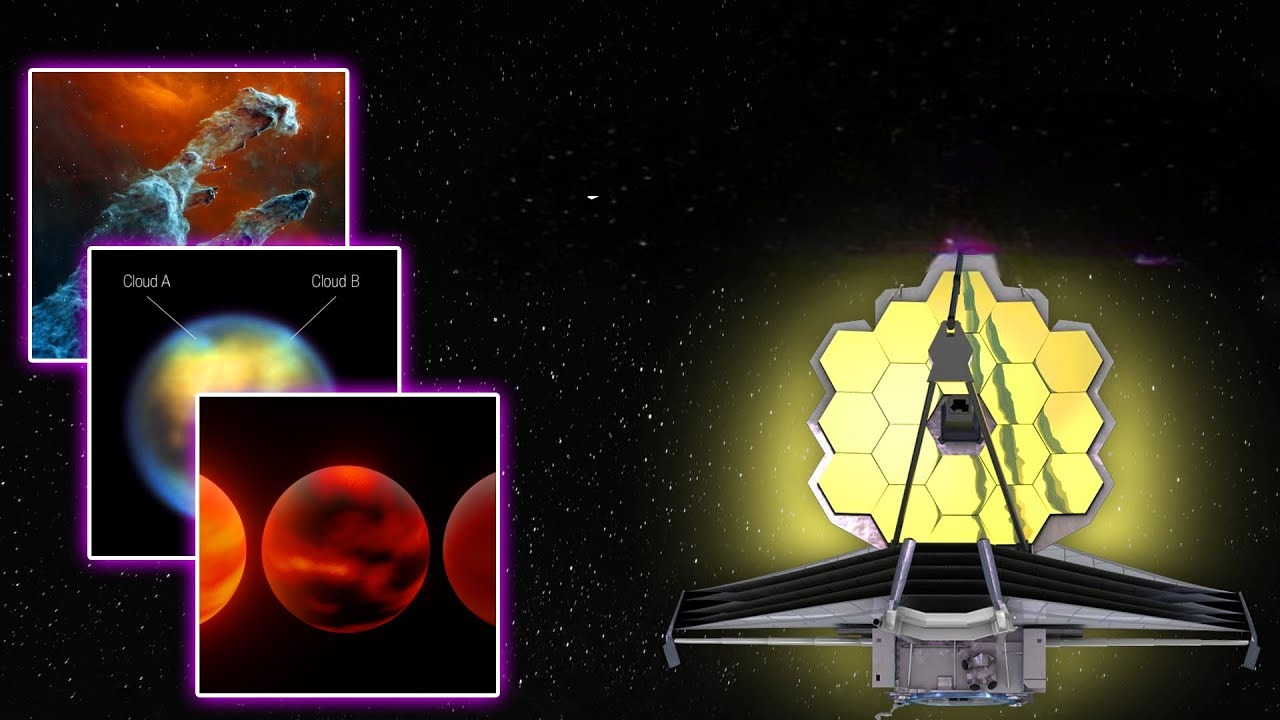
In the past decade there have been many bizarre, unidentified massive objects that have visited Earth.
Some a thousand feet long, oblong, shiny and fast, and some much more massive, and slow.
They’ve streaked across space, tens of millions of miles from Earth and exited our solar system just as fast as they entered it.
Without us knowing.
And their trajectory and speed indicated they had come from outside the solar system.
Visitor from another star system.
These visitors got scientists arguing amongst themselves, over the mystery of their origin, and where they came from.
But many were urging the others to consider the very real possibility that these were artificial creations of an alien origin.
The next most logical question was: how many are there?
This is how scientists and NASA tracked and found out that there are around 4 quintillion alien spacecraft buzzing in our solar system.
*INTRO* A recent study has concluded that there could be around 4 quintillion of them.
That’s 18 zeros incase you’re wondering.
Each could be a visitor from another star, and each, possibly, artificially created.
That might seem like a lot.
But the solar system is vast.
And the space between our star system and our closest neighbor, Proxima Centauri, is even more vast.
Actually finding any of these 4 quintillion possible mysterious objects for closer inspection would be really, really hard.
To be clear, the study isn’t claiming there are quintillions of alien crafts zooming around our corner of the Milky Way.
After all, not even Avi Loeb has ever said that ‘Oumuamua is definitely a robotic probe or crewed craft’, it’s that there’s a possibility.
The scientists started with all the objects astronomers have detected that have come from outside the solar system.
These are structures that could have originated from a nearby alien civilization beyond the sight of our probes and telescopes.
One such object was a massive, 75 miles wide strange object spotted approaching the outer regions of our solar system.
It all started when astronomers were sifting through data from the Dark Energy Survey, and they came across something shocking and unexpected.
The discovery soon caused ripples of excitement and curiosity within the planetary science community because the object is of an unusually large size and of an abnormal origin.
Initial studies and estimates suggest it is as large as 75 miles across, which meant it was way more massive than the Oumuamua.
For reference, the asteroid that killed the dinosaurs was just about six miles in diameter.
It is actually the size of the Empire’s most powerful galactic weapon, the dreaded Death Star.
The object was approaching our Solar System from the Oort Cloud, a huge region surrounding the Sun that starts far, far beyond the orbit of Neptune, where no human made object has been able to get a look at properly, yet.
Studying the mysterious object was believed to help change everything for astronomers and astronomy, to say the very least.
The Oort cloud represents the very edges of our solar system, a region some 10,000–20,000 times farther from the Sun than Earth.
The thinly dispersed collection of icy material starts roughly 200 times farther away from the sun than Pluto and stretches halfway to our sun’s nearest starry neighbor, Alpha Centauri, which hosts Proxima B.
We know very little about the oort cloud.
This cosmic cloud is so dark and so cold that it has never been glimpsed.
Not even by even our most powerful telescopes.
The object seems to have come past through the Oort Cloud’s immense shell of icy objects thought to envelop the entire solar system.
On its current trajectory, the object takes nearly 5.5 million years to complete just one loop of its orbit.
The object appeared in about 30 images out of the approximately 80,000 that were taken over six years for the DE survey.
The wandering visitor has as of yet been named as C/2014 UN271.
The Hubble Space Telescope measured the characteristics of the comet nucleus C/2014 UN271, which is now also called Bernardinelli—Bernstein.
Its data confirmed that it is the largest comet in the history of astronomy.
The object is probably rich in ice like a comet and is currently around three billion kilometers from the Sun.
It will reach its closest point to us in 2031.
At that time, it will be positioned below the plane of the solar system, near the orbit of Saturn.
Part of the interest in C/2014 UN271 is that it may be something of a transition object.
Astronomers believe that many of the long period comets, that occasionally appear with bright tails, actually come from the Oort Cloud.
Stars wandering near the Sun can nudge these objects from their positions and over millennia they work their way inwards, with the gravity of the giant planets tweaking their paths on each visit until they reside where we see them today.
“The fact that it has a perihelion so far away from the Sun might be telling us that it’s done this a couple of times but is still in that process of eventually becoming some of those long period comets we know and love,” explains Meg Schwamb a Kuiper Belt and Oort Cloud expert at Queen’s University Belfast.
Scientists will be keen to see how C/2014 UN271 behaves on its long journey.
Will it, for example, exhibit outbursts in activity, or even disintegrate?
The Vera C Rubin Observatory, is due to begin its ground-breaking survey of the object from Chile in 2023.
With Rubin Observatory imaging the sky every three nights astronomers will get an effective movie of how this object has evolved over a decade.
Initially, C/2014 UN271 did not appear to have a cloud of material – called a coma – around it.
The emergence of a coma could be the result of ices sublimating from the body’s surface.
Some researchers have suggested C/2014 UN271 could be a destination for a sample-return mission.
However, others believe there wouldn’t be enough time as it can take decades to develop such a spacecraft mission.
Nevertheless, astronomers will likely have much to scrutinize as C/2014 UN271 creeps closer to us.
In the meantime, a research mission is underway to the extraordinary interstellar traveler, Oumuamua, more closely.
A new research outlines a mission called Project Lyra to send a probe to see if ’Oumuamua is as extraordinary as it appears.
“Theories to explain the nature of 1I/’Oumuamua have included a fractal dust aggregate, a hydrogen iceberg, a nitrogen iceberg, an alien solar sail, fragments of a tidally disrupted planet, and so on,” reads the paper.
“All explanations have one feature in common—they are extraordinary.
” The paper recommends a mission that launches in February 2028, spends four years getting gravity assists from Earth (twice), Venus and Jupiter, finally reaching ’Oumuamua in 2050-2054.
This isn’t the first attempt to plot a course for ’Oumuamua, though most of the other attempts have resorted to using an Oberth manoeuvre around the Sun.
That tactic sees a spacecraft fall into a gravitational well and, as it’s falling, use its engines to add more acceleration.
Its disadvantage is that a massive shield would be required to protect a probe against the Sun.
Instead, Project Lyra employs an Oberth manoeuvre around Jupiter.
“The mission would much more resemble existing interplanetary missions,” reads the paper.
The drawback is that launch opportunities are very limited.
The other option, of course, is to wait until another object like ’Oumuamua comes along and visit that one instead.
After all, there could be seven passing through our Solar System each year.
It could even be that most comets come from other star systems.
It would not be wise to wait, according to the paper, because the second interstellar object ever found—2I/Borisov in 2019—resembles minor bodies already found in the Solar System.
“This makes ’Oumuamua even more of an oddity and it is unclear what the likelihood of encountering a similar object again is,” reads the paper.
“The possible scientific return from such a venture makes this an unmissable opportunity.
” Since these mysterious travelers are out of range of existing telescopes, it seems the only way to find out anything about it is to go after it, track them down and get a closer look.
We are much more likely to detect life that originates outside of our solar system through remote observation than by physical encounters.
So in theory, we’ve got about 4 quintillion opportunities, but what do I know?






![Moon Jellyfish has [ Hidden Secrets ] You don't know moon jellyfish](https://spaceupper.com/wp-content/uploads/2022/11/1-1.jpg)
